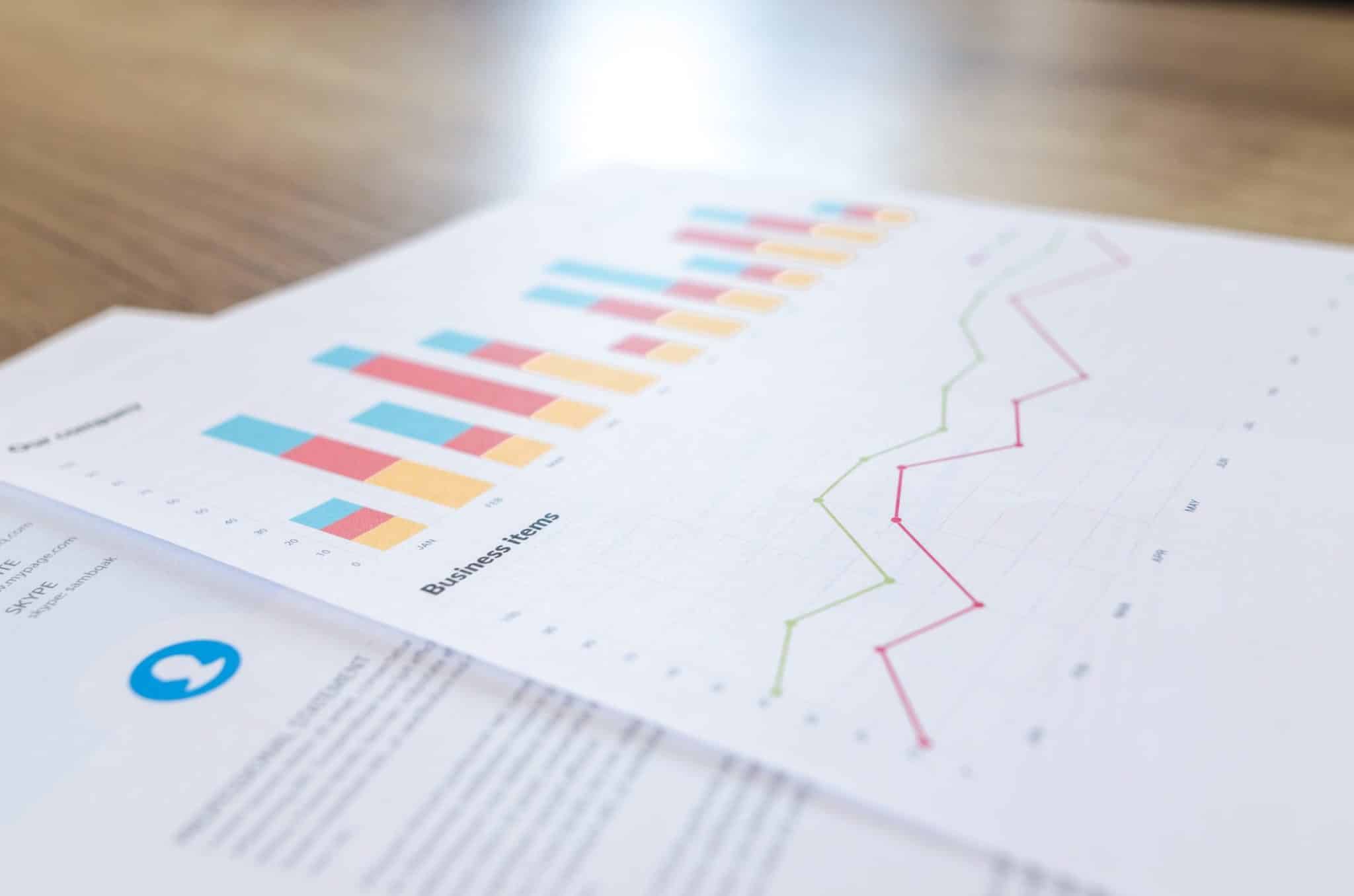By Anna Kayfitz
Small businesses can utilize and enhance their business by collecting and analyzing data. This will make them stand out above their competition and improve their businesses. So how can a small business collect and utilize data?
The first step is to start collecting data on your customers and prospects. What data to collect depends on the type of the business that you are running. There are three ways to get the data: by asking your customers and prospects questions directly, by gathering observational data both online and offline, and by utilizing a third-party data. Let’s examine each source.
Asking Customers and Prospects Questions Directly
You can collect information such as emails, addresses, phone numbers and other data pertaining to your business.
Let’s examine a local privately owned dry cleaning business. They may collect their client’s information such as name, email, phone number, postal code and when they typically need their clothes done by. Online, they may ask their prospects and clients to provide them with the postal code before they look at certain web pages.
Now, let’s look at a boutique marketing agency. This type of business may ask prospects and customers to provide data regarding company size, marketing budget, industry, person’s name and email strictly online.
Gathering Observational Data Online and Offline
Using online analytical tools such as Google Analytics or similar tools you can track users’ behavior online. You will be able to see what pages the users have visited and how long they stayed. Offline, you can generate data by observing people that enter your physical space.
Using our first example of a dry cleaner, they may also add data such as: What type of clothes the customer has brought in? What did the customer look like? Were the clothes high end fashion brands? Was the person that brought them in young or old? How many pieces did they bring? This type of data can be added along with the customer’s information that they have collected by asking clients directly.
In the second example of a boutique marketing agency, using marketing automation tools they can see what percentage of their videos attract prospects. Viewed pages can also show their customers’ interest. By monitoring what pages they have visited they can derive the data regarding products of interest and so on.
Utilizing Third-Party Data
Finally, to enhance your current data, you may add data from third-party data providers. This can include appending company’s information such as revenue, number of employees, physical address, phone number and so on for B2B businesses. Consumer-facing businesses can enhance their data by appending social media information, household income, etc.
Using the first example of the dry cleaner, they may acquire data on users’ postal codes. They may also collect data on their clients’ interests or physical addresses so they can send direct mail.
In case of the marketing agency in our second example, marketing agency can append third-party information such as company size, headquarters and additional prospects.
When the data has been acquired, it is time to analyze it. Some usages of the data can include:
- Marketing: Better target marketing, decreasing cost of marketing and growing your business by finding new prospects.
- Operations: Expanding your business by finding new opportunities using the data that you have collected.
- Sales: Upselling your customers by offering similar products and services.
- Finance: Improving finance’s efficiency at collecting payment by having detailed customer information. It can help chase customers for payment.
Very often, a few hundred records of data, when analyzed correctly, can lead to big insights. The analysis takeaways can push businesses into a new direction and bring more sales.

